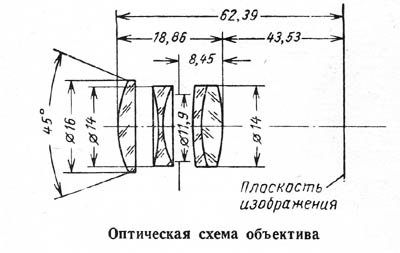02Pilot
Malcontent
As a matter of fact I have two plain I-61 - one silver and one zebra ( black and silver coating). I had somewhere a contact sheet of a film on witch I shot 4 frames of a forest with 4 different lens - just one was desaturated. Others had little to no difference. I could organize a test with my Canon 500D - all lens on a raw if there is some interest. Just write the aperture. On film it will take me some time ( no scanner). 🙂)
I would be interested in seeing a test. Digital would be fine, but I'd really be interested in how the different lenses render on film.





